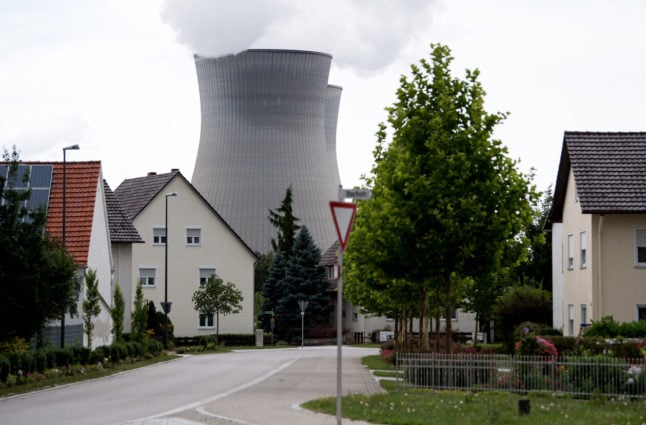Following the Three Mile Island nuclear accident in the United States, Sweden held a public referendum on the future of nuclear power which led to a Riksdag decision to halt further development of nuclear power plants and phase out nuclear power by 2010.
In 2009, however, the centre-right Alliance government announced it was reversing the phase-out in response to concerns about climate change. And in July 2010, the Riksdag voted to replace aging nuclear reactors at the three existing plants.
Sweden currently ten reactors operating at three nuclear power plants – Forsmark, Oskarshamn, and Ringhals – with ten operational nuclear reactors, which produce about 45 percent of the country’s electricity.
Each site has been plagued by safety breaches, with the most recent serious incident occurring in July 2006 at Forsmark when two backup generators failed to start following a loss of power at the plant.
Frigyes Reisch, an associate professor at the Department for Nuclear Power Safety at the Royal Institute of Technology (KTH), is a leading expert on nuclear safety.
He has worked for the International Atomic Energy Association and at the Swedish Nuclear Power Inspectorate, SKI, for 27 years.
On Tuesday, he answered a few questions about how the situation in Japan may impact the nuclear energy development in Sweden.
Do you think people in Sweden should be concerned with nuclear power?
Yes. I think so. The problem is that you always get surprises, Three Mile Island and so on. And now again a surprise. No one in the world would have expected this.
Could what happened in Japan occur in Sweden?
I hope not. It can happen in one reactor, but I think even if a catastrophe did happen in Sweden it would be handled more effectively.
Swedish Foreign Minister Carl Bildt said he could say with certainty that the same situation could not occur in Sweden, partly because there are no tsunamis and earthquakes. Do you agree?
Unexpected things can happen, like at the Forsmark nuclear power plant, when the power disappeared in 2006. But the people in the control room fixed that in 20 minutes.
What effect will this have on the construction of new nuclear power plants in Sweden?
More questions will be asked and it will take longer time and more discussions before they arrive to a conclusion to build or not.
Do you still support nuclear power?
I still support nuclear power, but I want to take it easy.
I’m not happy about the increase in Sweden’s nuclear power output. To increase power in a nuclear reactor, you have to increase the fuel temperature. The higher the fuel temperature the nearer you come to the melting point. So the margin to melting is diminished and we are losing the safety margins against unexpected events.
They calculate a thousand scenarios, but the 1,001st scenario can occur when you don’t expect and then it’s nice to have extra safety margins. No one can guarantee that the one scenario comes that we didn’t account for.
This started 20 yeas ago when there were 12 nuclear reactors in Sweden. Then two reactors were closed so there were ten reactors producing the same amount of energy as 12 had been producing. This has continued and continued. They’ve recognized that it’s very easy to increase power and get more profit without enormous investments like a new power plant.
Why are power plants increasing nuclear energy output?
Money, it is a very minor investment to get a lot of energy — a lot of megawatts for a minimal investment.



 Please whitelist us to continue reading.
Please whitelist us to continue reading.
Member comments